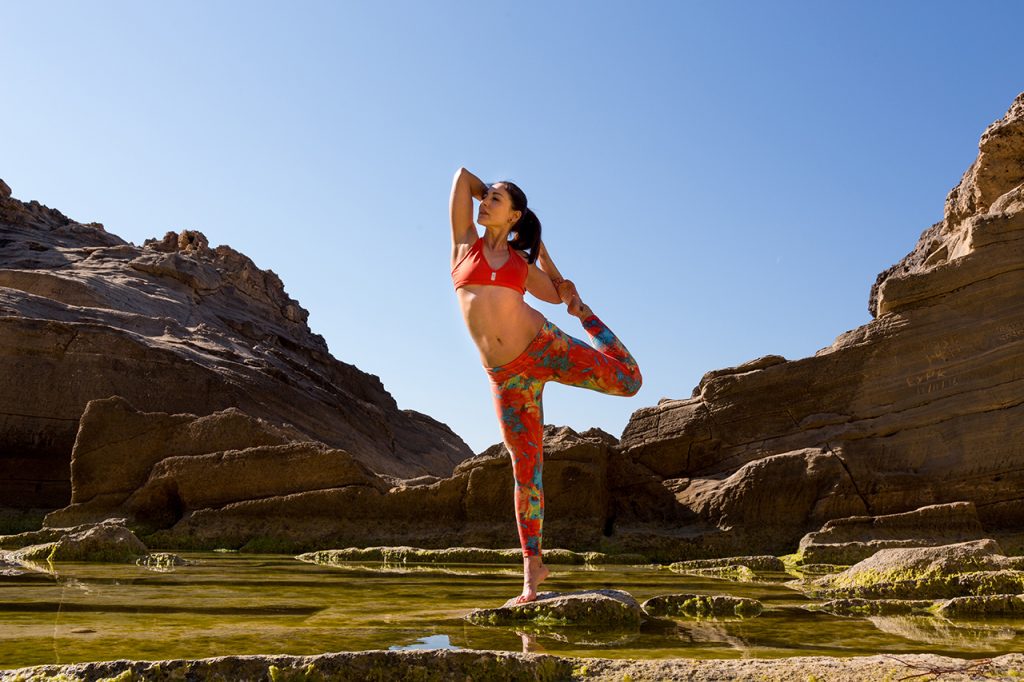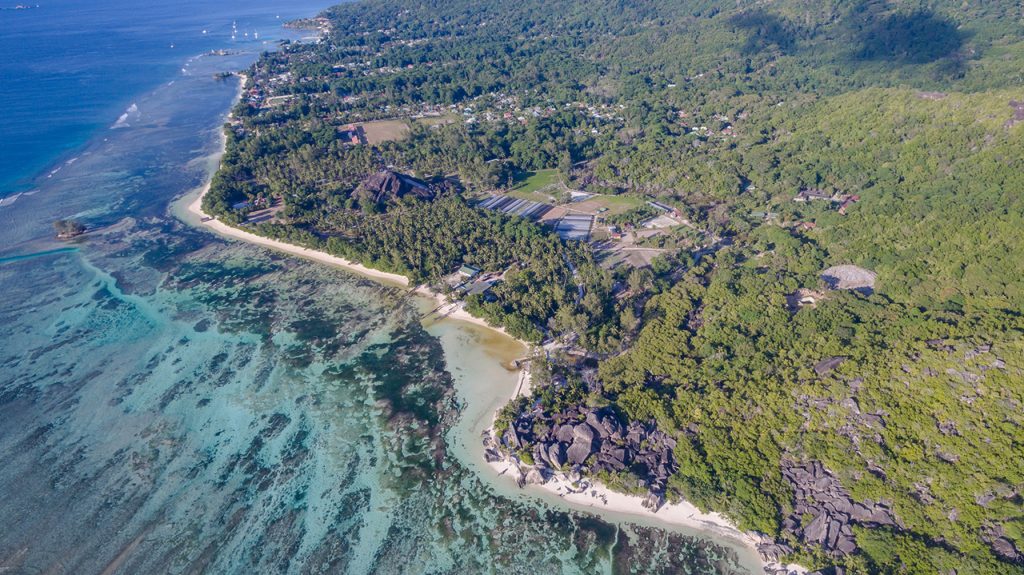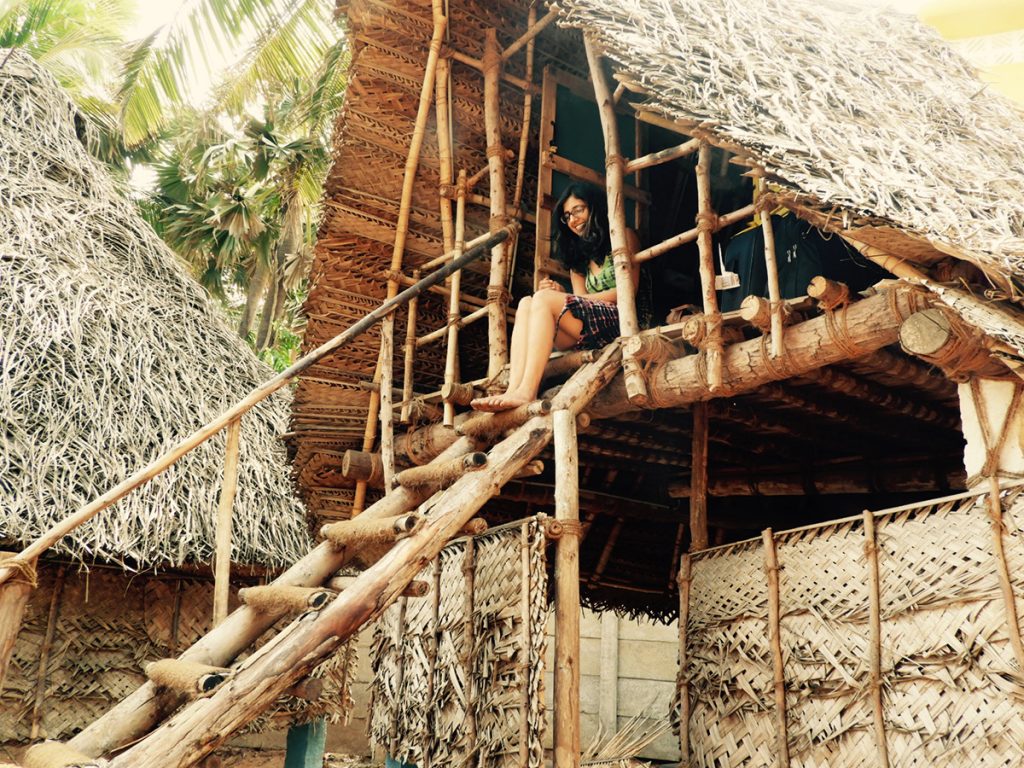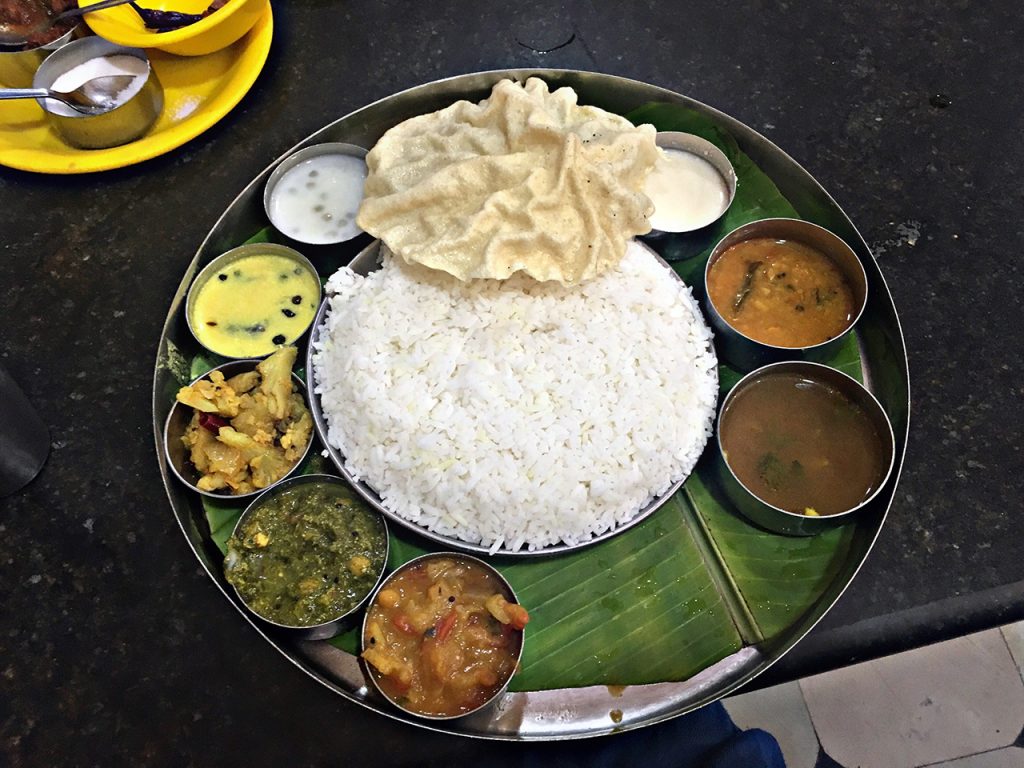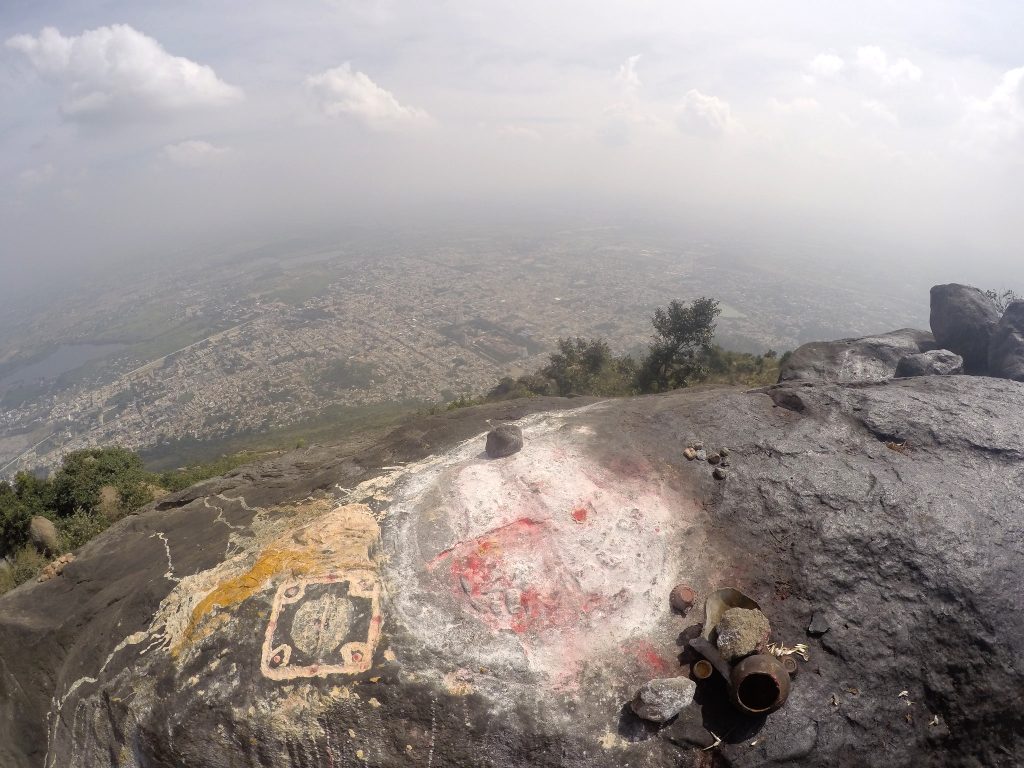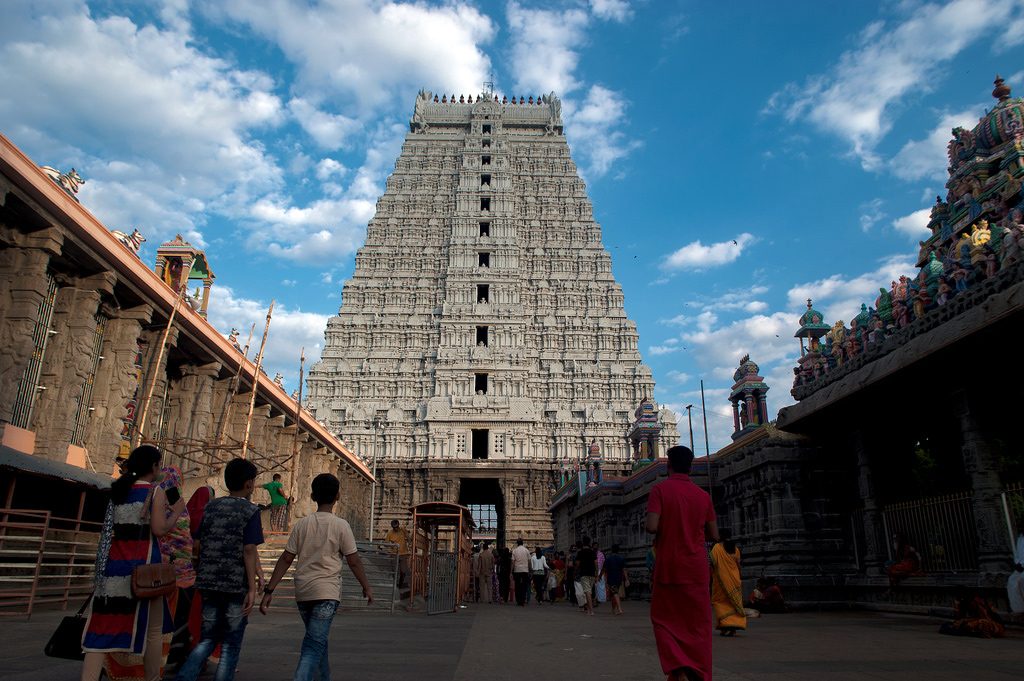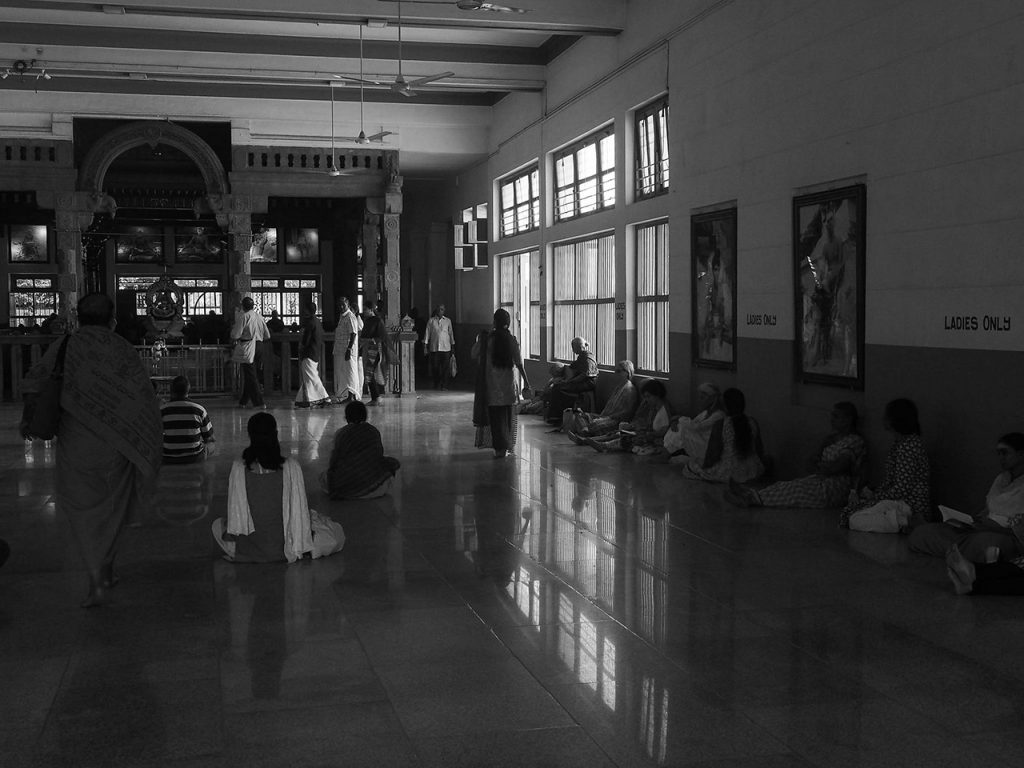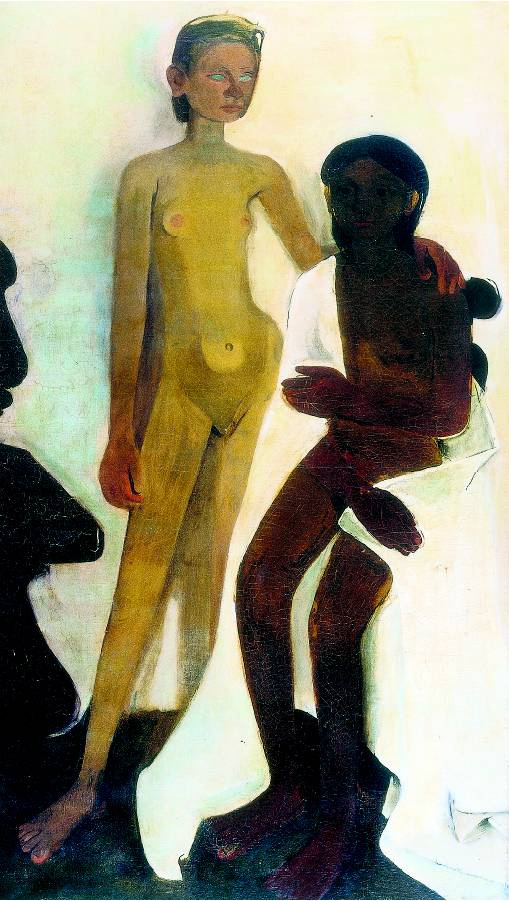
The ‘Char Dham’ yatra is considered an important, once in a lifetime, pilgrimage by followers of the Vaishnavi stream of Hinduism. Sanskrit word Char Dham literally means ‘four shrines’. It can also be interpreted as correlated with the four directions.
The significance of these holy places is mentioned in all the four Vedas, namely, the Atharva Veda, the Rig Veda, the Yajur Veda, and the Sama Veda. They speak of places related to the Hindu deity Lord Vishnu and his various incarnations. Adi Shankaracharya, a Hindu theologian and philosopher propounded that pilgrimages to these four holiest shrines is essential for the attainment of Moksha, or salvation, of any human soul, particularly that which is entrapped by material and carnal desires, and the actions taken for their fulfillment.
Facts about the Char Dham Yatra
According to ancient scriptures, Char Dham Yatra consists of visiting and offering prayers at the following seven locations: Badrinath, Kedarnath, Gangotri, and Yamunotri in Uttarakhand, Dwarka in Gujarat, Rameshwaram in Tamil Nadu, and Puri in Odisha.
The distant span of these shrines makes it difficult for most Indians to cover all the seven locations. Hence, a majority of Hindus opt for what is often referred as the “Chota Char Dham Yatra”. This pilgrimage covers the four shrines in Uttarakhand.
Several travel companies now term this pilgrimage in Uttarakhand as “the Char Dham Yatra”, as it covers four shrines.
Understanding the Yatra
For anyone wanting to undertake the Char Dham Yatra, to the four holy shrines in Uttarakhand, here are some important details.
- Access to Badrinath, Kedarnath, Gangotri and Yamunotri is open for only six months every year. First from March to May and then from September to November.
- More than one million pilgrims from India and abroad take the Char Dham pilgrimage every year.
- The Central Government and the Government of Uttarakhand are upgrading infrastructure including roads, rails and air connectivity, laying better highways, improving healthcare facilities, and other services required by pilgrims.
- Several top travel companies in India now offer visits to the four shrines in Uttarakhand by helicopter.
- The Karnataka government provides subsidy to those members of the economically weaker sections of the state’s population who wish to undertake the Char Dham
Char Dham Travel Tips
The Char Dham Yatra has been marred by several natural disasters. In 2013, a cloudburst in Kedarnath and the ensuing landslides trapped over 100,000 tourists. In 2017, a total of 112 pilgrims perished due to health complications ranging from respiratory problems at high altitudes to cardiac arrests.
To make your Char Dham Yatra safe, keep these tips in mind
- The safest way to perform the Char Dham Yatra is by booking a package with any of the top 10 travel agencies of India. This way, your travel, accommodation and guided visits to shrines are assured. Medical facilities are also pre-arranged by these travel companies.
- Obtain a Char Dham Yatra pilgrimage ID card issued by the Uttarakhand Government to registered pilgrims. This ensures your access from the government, in case of emergencies.
- Practice walking for long durations well in advance before embarking on Char Dham Yatra. This will ensure you have adequate stamina to cover the distances between the shrines and the drop-off points for vehicles.
- Get yourself checked for any heart-related ailments and respiratory problems. Often, tourists with health problems are denied permission to perform the pilgrimage by the government. This restriction is to safeguard the life of pilgrims.
- Aadhar Card is now mandatory for pilgrims performing the Yatra. This is done to keep records of visitors from every state.
- Ensure that you carry a reliable smartphone, high capacity power bank, and required cables when embarking. Also keep your prepaid mobile account topped up. At some mountainous locations, you may face network issues and hence, it is advised that you carry two SIM cards.
- Unless you are booking a package from a top travel agency, it is advisable to travel in groups. Families traveling with senior citizens and children may consider booking a travel package since facilities you may require are assured by the travel agencies.
- Carrying laptops and cameras is best avoided since these require extra care and add to your luggage. Instead, use a smartphone for taking pictures. Should you take a camera, ensure you have sufficient batteries and a high capacity memory card. Protective bags for cameras are advisable to protect the gear from climatic damages.
- Carry a first-aid kit consisting of bandages, pain killers, antiseptic crème, antacid, antibiotics, and anti-diarrhea medications.
- Carry a sufficient stock of the prescription medicines, since these may not be easily available during the pilgrimage.
- Always consume bottled drinking water. Alternatively, you can carry water disinfecting tablets or Potassium Permanganate powder (food grade) to decontaminate water obtained from local sources.
- Wear comfortable clothes during the pilgrimage. In winters too, wear comfortable woolens. Physical activity during a Char Dham Yatra does not warrant wearing tight fitting garments.
- Though you may travel in summer months, pack along some warm clothing since the temperatures at high altitudes drop drastically after dusk.
- Remember to carry sufficient currency notes of small denominations. You will require these at temples and other places. Vendors outside shrines are wary of accepting currency notes of large denominations since they could be counterfeit.
- Never patronize touts or the self-styled agents who sell ‘easy darshan’ or promise to help you jump queues. These touts operate illegally and may flee with your cash.
- Should you encounter any health problem or feel uneasy during the journey, alert your guide, or a policeman or any security personnel on the route immediately. You can also dial 108 for ambulance service.
- Never attempt a Yatra during monsoons, since the route is notorious for landslides, falling trees and other natural hazards.
- A large number of charity organizations offer free (and hygienic) meals on the route.
- Carry chocolate bars and bottled energy beverages to help retain the energy levels during intense physical activity.
- It is best to avoid carrying leather goods during a yatra such as belts, wallets, purses and watches with straps made of material obtained from animal hides.
- It is good to carry along some emergency equipment, including a good flashlight and Swiss Army multitool.
Package Tour or DIY
Should you book your Char Dham Yatra through a top travel agent in India, you will be provided with a list of do’s and dont’s during the pilgrimage. These are aimed at making your pilgrimage a happy and memorable experience. You can book them online or from brick-and-mortar offices of the agencies.
Some travel firms also allow you to book the holiday package and pay monthly installments, either in advance or upon completion of the pilgrimage. However, there is some religious debate over taking credit for a pilgrimage.
In Conclusion
We reiterate that booking a package through a top travel agent is the best way to perform this pilgrimage. Though it may cost a bit higher than venturing on your own, assured facilities and safety more than justify the expense and provide excellent value for money.
Tour guides, assured accommodation, fixed meals and excellent transport arrangements make packages more attractive. Doing it yourself involves several uncertainties, especially since the shrines and their nearby towns get crowded during the two seasons of the pilgrimage.
Author Bio – Harshal is avid travel writer who works at Thingsinindia.in. She is passionate about travel, books and shopping.

